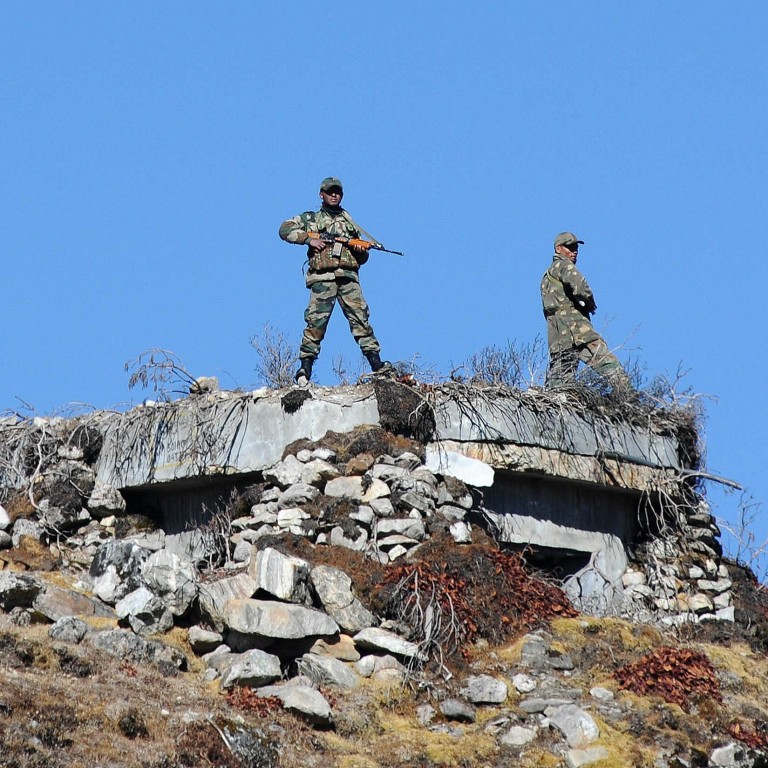
New Tibetan front in India-China border stand-off as five Indians ‘abducted’ in Arunachal Pradesh
- Family members say youths in the Indian border state of Arunachal Pradesh, known to China as ‘South Tibet’, have been abducted by Chinese PLA soldiers
- News, which follows killing of a Tibetan special forces soldier, threatens to widen dispute and may prompt Delhi to ‘play the Tibet card’, analysts say
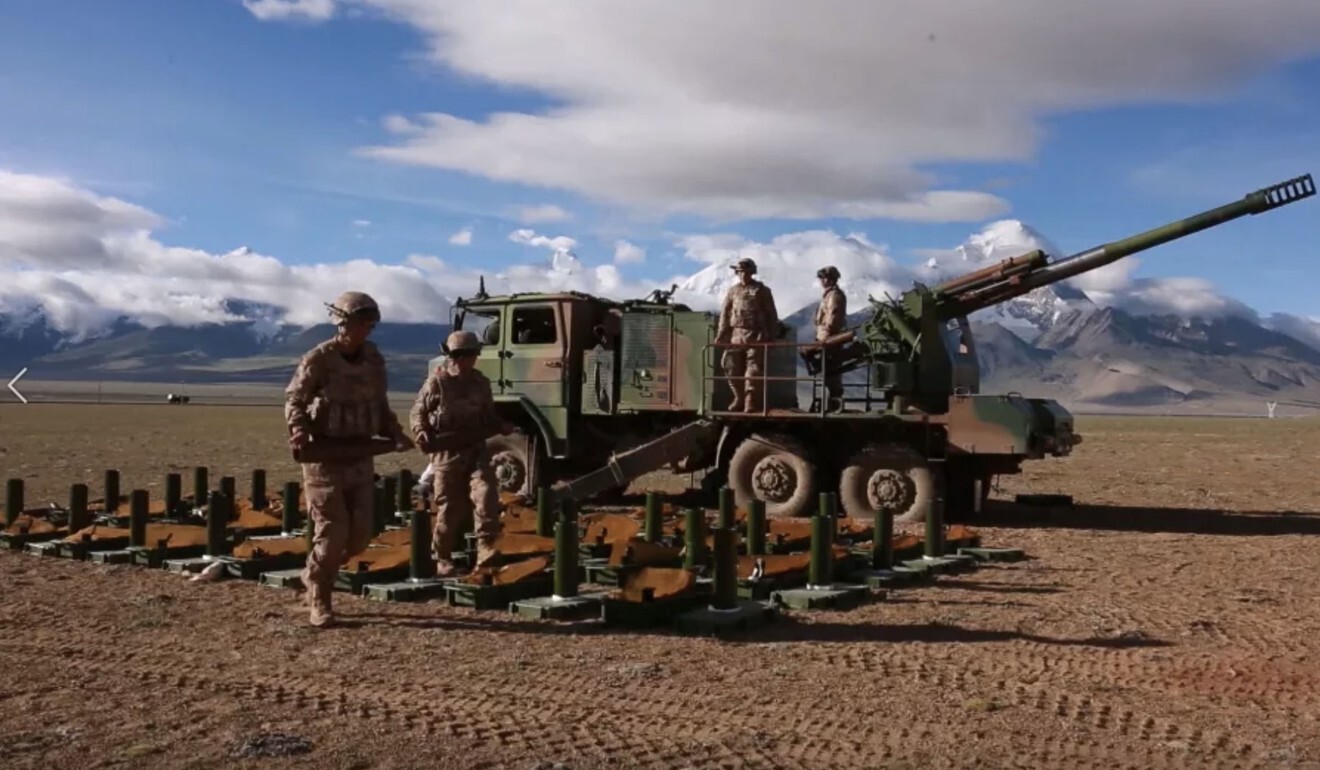
But asked about the incident by an journalist from Indian media during a regular press briefing on Monday, Foreign Ministry spokesman Zhao Lijian said he was not aware of the matter.
India-China clash: what is the mysterious Special Frontier Force?
The funeral, held in Leh, saw members of the Tibetan community turning out in heavy numbers, chanting and waving the flag of the Free Tibet movement. The presence of Madhav, a BJP Member of Parliament (MP) and the general secretary of the party, believed to play an influential role in foreign policy matters, is a signal to China that India might be ready to play the “Tibet card”, analysts said.
Madhav’s presence was significant, said Manoj Joshi, a distinguished fellow at the New Delhi-based think tank, the Observer Research Foundation.

“The Indian government is stoking Beijing’s insecurities with regard to Tibet and signalling that despite formally accepting that Tibet Autonomous Region is part of the PRC [People’s Republic of China], the issue is not quite closed,” he added.
This comes just days before the Chinese and Indian foreign ministers, Wang Yi and S Jaishankar, are expected to meet in Moscow, on the sidelines of the Shanghai Cooperation Organisation, in an effort to resolve the deep chill in relations.
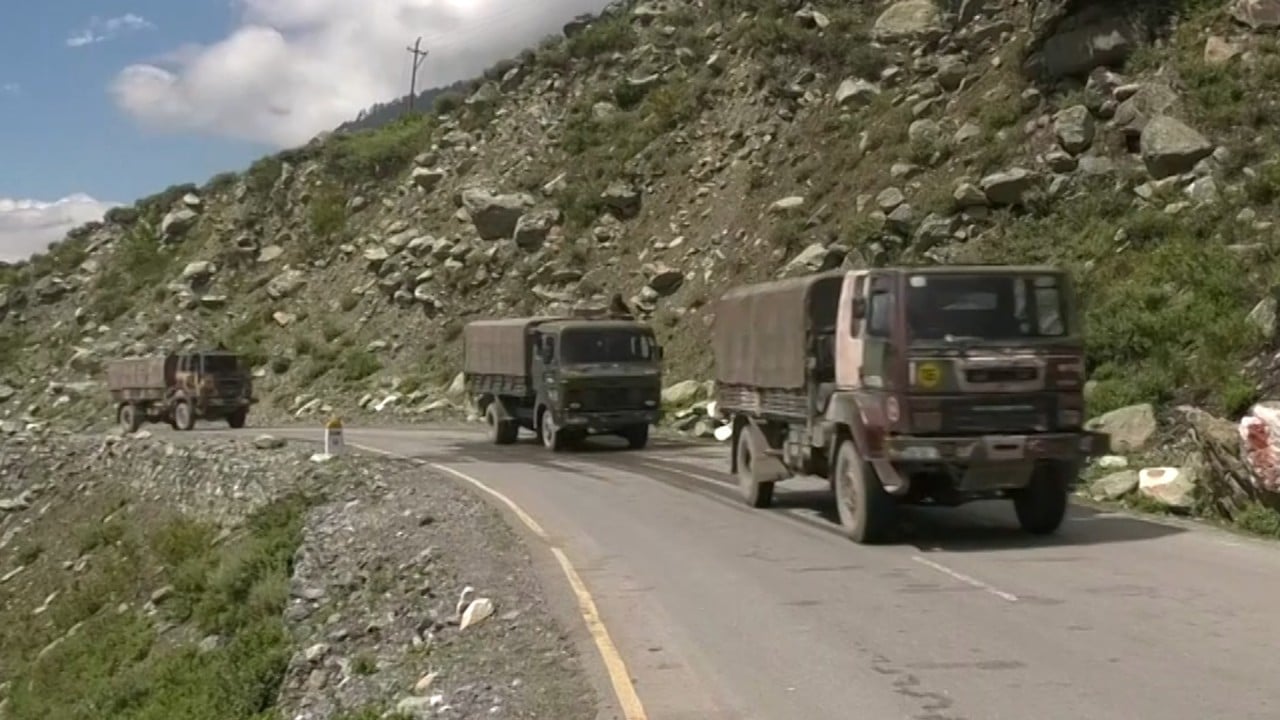
01:43
India sends more troops to Ladakh after flare-up of tensions at China-India border
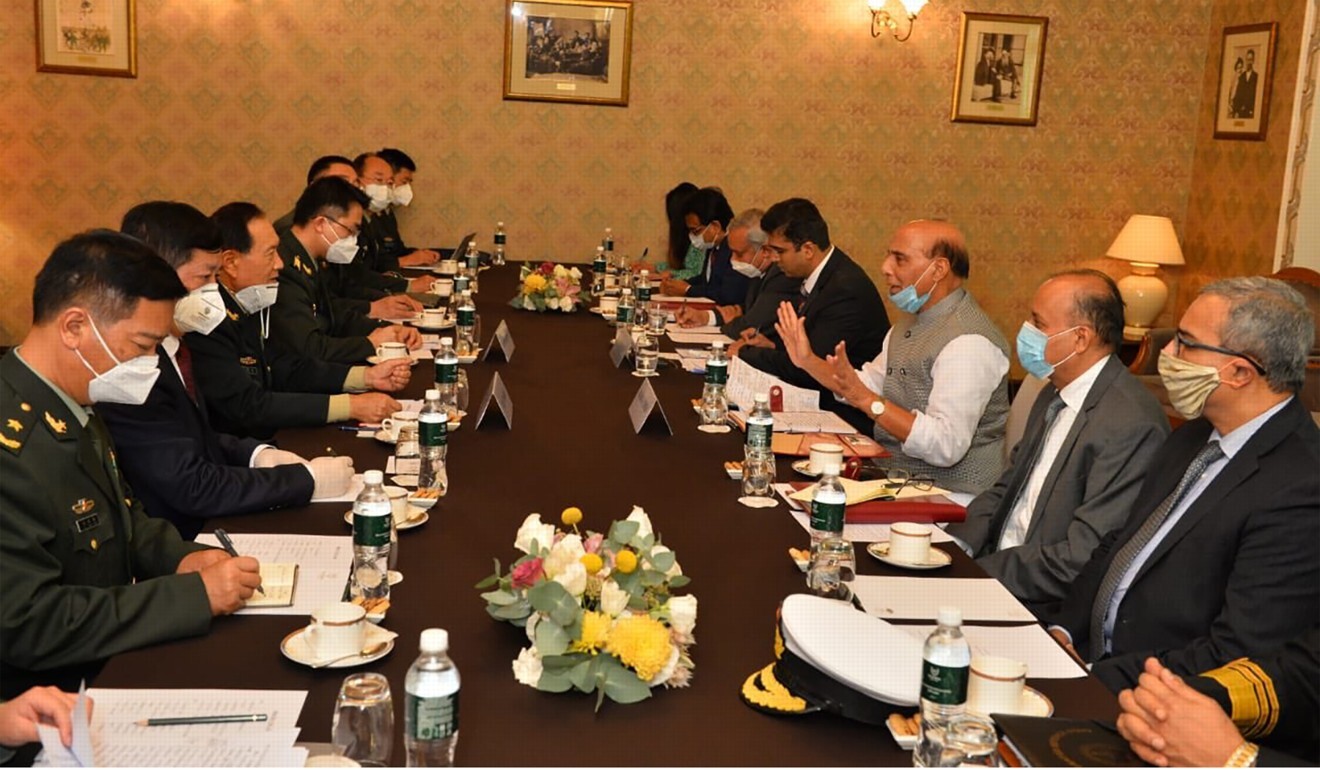
However, while the stand-off was restricted to the Himalayan region of Ladakh, the latest events around the alleged abduction of Indian nationals by PLA soldiers threaten to extend the stand-off to what is known as the eastern sector, along the Indian states of Sikkim and Arunachal Pradesh.
China-India tensions: will New Delhi play the Taiwan and Tibet card
India and China are separated by a border in these regions, often called the McMahon Line, named after the British officer Arthur McMahon, who was instrumental in brokering an agreement between colonial India and Tibet in 1914. However, China did not accept the agreement and has claimed large parts of northeastern India, including the whole of Arunachal Pradesh state, spread over 83,000 square kilometres and the size of Austria.
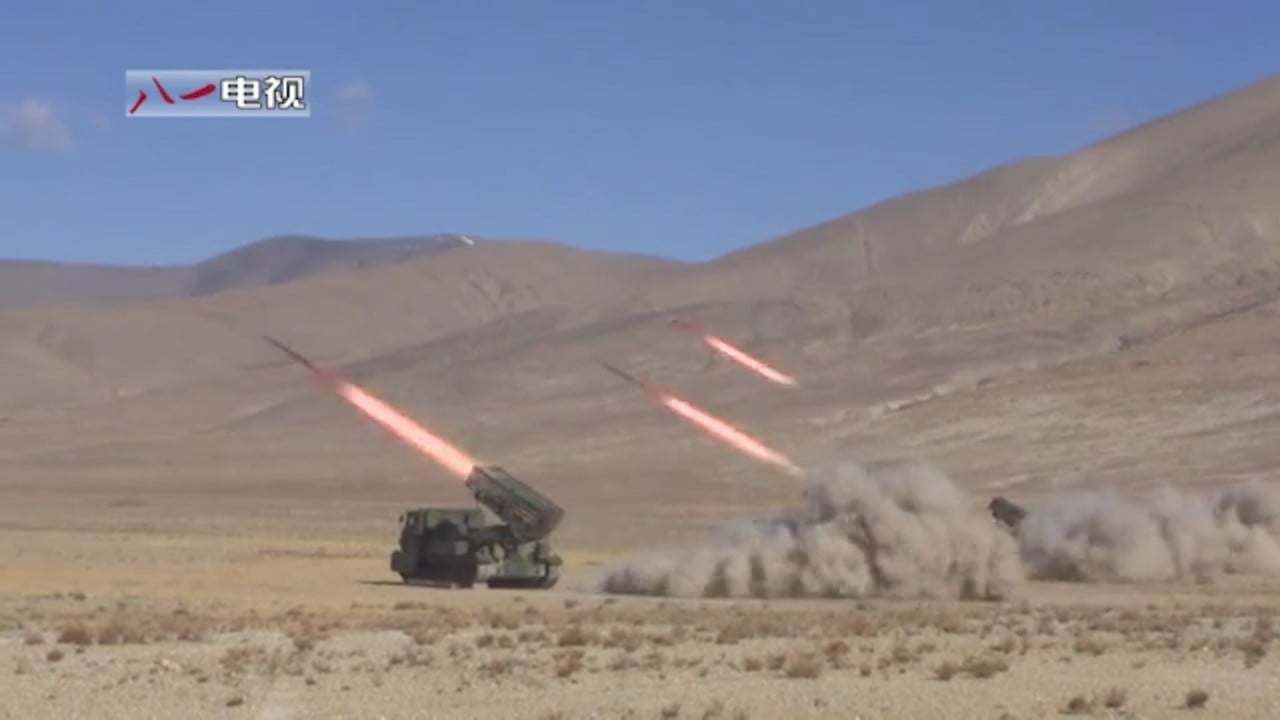
01:55
Chinese exercise in Tibet after border clash with India
The latest incident, which occurred last Thursday came to light only on Saturday when a local media organisation, the Arunachal Times reported it. According to the Arunachal Times, five youths from the Sera-7 area in Arunachal Pradesh’s Nacho region of the Upper Subansiri district were allegedly abducted by PLA soldiers, according to testimonies by other two youths who managed to escape from the scene.
Taru Gussar, the superintendent of police in the Upper Subansiri district, confirmed the incident to the South China Morning Post, but said details were still very sketchy.
“The families of the men abducted have, so far, not registered any official complaints and since the matter pertains to an incident across borders, the Indian Army is looking into it.”
India-China border stand-off: military force key to national security
However, a former MP of the Congress party from the district, Ninong Erring, said the PLA had made an incursion into Indian territory. “The youths were well inside Indian territory and despite that they have been abducted by the PLA.”
Local officials told the Post that Nacho is more than 40km from the border.
A similar incident occurred in March, when reports in the Indian media indicated that a 21-year-old youth, Togley Singkam, had been abducted by the PLA and released after nearly three weeks.
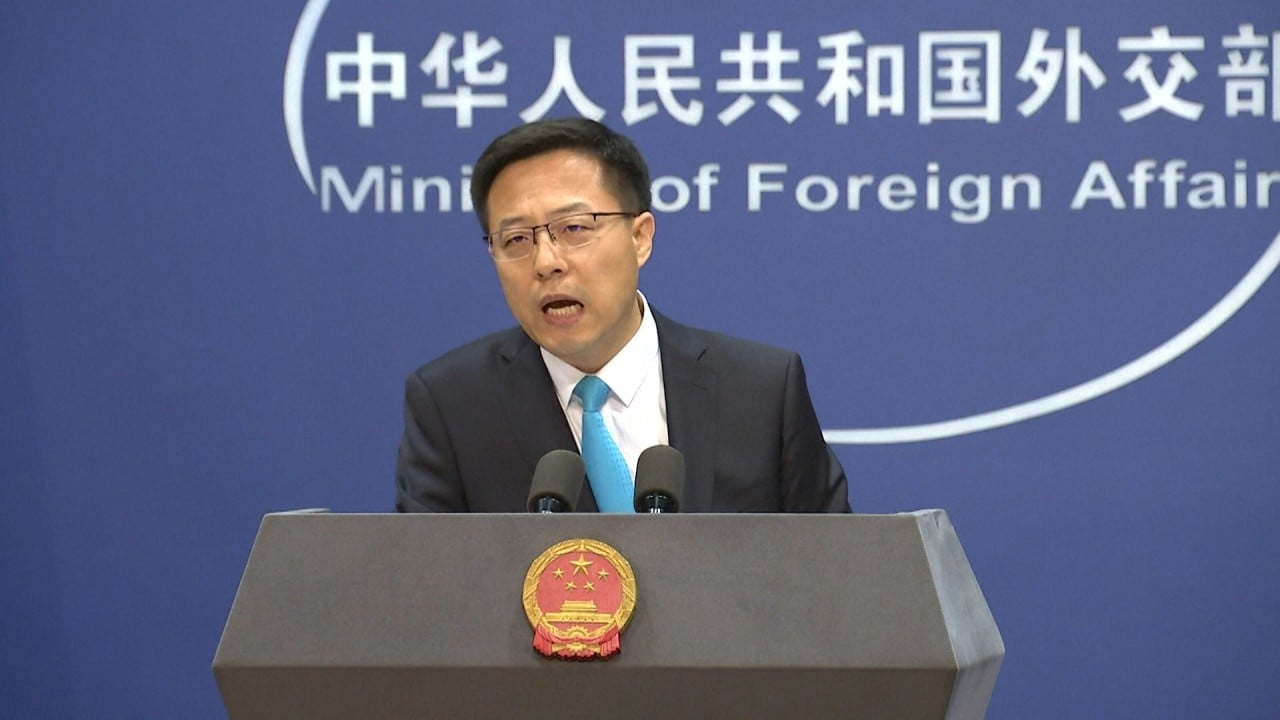
02:03
China says India should take ‘entire responsibility’ for deadly border clash
Erring said these incidents showed Chinese aggression along the border areas was on the rise. “This used to not happen before. It has started happening recently and, worryingly, inside areas which are not along the border but are comfortably inside Indian territory.”
Joshi, from ORF, also a former member of the country’s National Security Advisory Board, a group of experts who guide the Indian government on security matters, said Chinese claims in the area were not new, but could lead to a fresh row. “I don’t see any impact of the statement unless the government of India wants to use it to deepen the Sino-Indian fault lines.”

